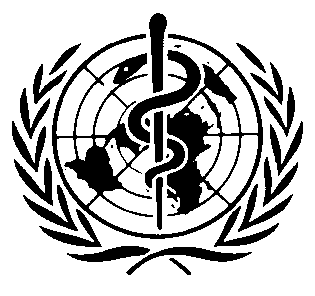International Chemical Safety Cards
| HYDROXYLAMINE HYDROCHLORIDE | ICSC: 0709 |




Oxammonium hydrochloride Hydroxylaminium chloride NH2OH•HCl Molecular mass: 69.5 CAS # 5470-11-1 RTECS # NC3675000 EC # 612-123-00-2 April 09, 1997 Peer reviewed |
| TYPES OF HAZARD/ EXPOSURE | ACUTE HAZARDS/ SYMPTOMS | PREVENTION |
FIRST AID/ FIRE FIGHTING |
| FIRE |
Not combustible.
Gives off irritating or toxic fumes (or gases) in a fire.
|
|
In case of fire in the surroundings: all extinguishing agents allowed.
|
| EXPLOSION |
|
|
|
| EXPOSURE |
|
PREVENT DISPERSION OF DUST!
STRICT HYGIENE!
|
|
| •INHALATION |
Blue lips or finger nails.
Blue skin.
Headache.
Dizziness.
Nausea.
Confusion.
Convulsions.
Unconsciousness.
|
Ventilation (not if powder).
Local exhaust or breathing protection.
|
Fresh air, rest.
Refer for medical attention.
|
| •SKIN |
Redness.
Pain
(see Inhalation).
|
Protective gloves.
|
Remove contaminated clothes.
Rinse skin with plenty of water or shower.
Refer for medical attention.
|
| •EYES |
Redness.
Pain.
|
Safety goggles,
or eye protection in combination with breathing protection if powder.
|
First rinse with plenty of water for several minutes (remove contact lenses if easily possible), then take to a doctor.
|
| •INGESTION |
(See Inhalation).
|
Do not eat, drink, or smoke during work.
|
Rinse mouth.
Give a slurry of activated charcoal in water to drink.
Refer for medical attention.
|
| SPILLAGE DISPOSAL | STORAGE | PACKAGING & LABELLING | ||
|
Do NOT wash away into sewer.
Sweep spilled substance into containers; if appropriate, moisten first to prevent dusting
(extra personal protection: P2 filter respirator for harmful particles).
|
Dry.
|
Xn symbol N symbol R: 22-36/38-43-48/22-50 S: 2-22-24-37-61 |
||
| SEE IMPORTANT INFORMATION ON BACK | ||||
|
||||